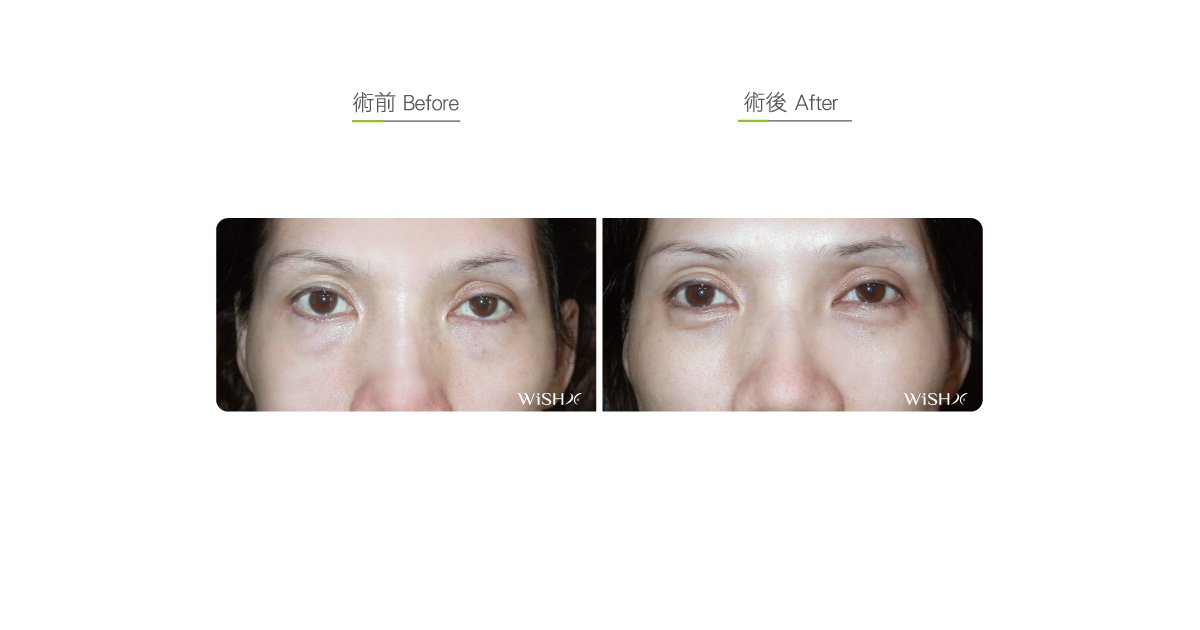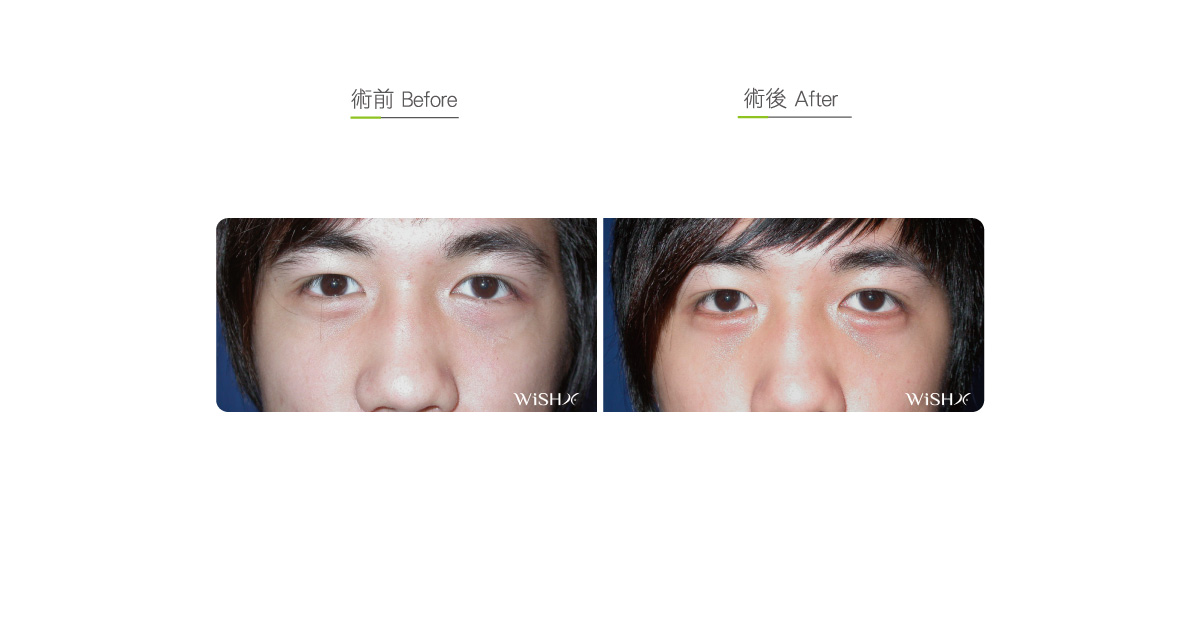Gore-Tex Implantation
Similar to allograft fascia implantation, Gore-Tex (or artificial dermis) implantation is also a rapid youthline surgery and requires making small wounds and a subcutaneous path at the lower eyelid. The primary difference is the use of artificial Gore-Tex (ePTEF) to replace autologous dermal fat or allograft fascia, which is trimmed, folded, and stitched into an appropriate size and shape, and then emplaced via an incision from the inner to the outer corner of the lower eyelid and fixated. This surgery should carefully evaluate the adequacy of the patient’s eyelid skin conditions, which otherwise are prone to give rise to skin sensitivity, redness, rigid texture, or implant extrusion due to thinly skinned eyelids or foreign body friction stimulus. Therefore, it is mainly applicable for patients who have thick lower eyelids or congenital youthlines. In recent years, due to the introduction of allograft fascia, Gore-Tex has been gradually replaced.
Surgical conditions
Duration
- Type of anesthesia: IV sedation + local anesthesia
- Surgical incision: An aApproximately 0.4-cm incision at the inner and outer corners of the lower eyelid
- Recovery: 3–5 days
- Removal of stitches: 7 days
General instructions
No food and water on the day of surgery
- Avoid smoking, alcohol, and irritating foods for 1 month postoperatively.
- Avoid staying up late, heavy compression, or rubbing the eyes for 3 months postoperatively.
Ideal candidates
- Patients with a relatively thick and obvious congenital youthlines
- Those who want to regionally reinforce the youthlines
Potential complications
- Skin redness or white spots
- Foreign body reaction
- Infection and protrusion
- Rigid texture
Surgical advantages
-
It is simple and rapid with a fast recovery.
-
The size of the youthline is adjusted based on the patient’s requirements and is highly customizable.
-
The original appearance is completely restored if it is removed in the future.
-
There is no concern of autologous absorption, so the results are stable for a long time.
Surgical drawbacks
-
The texture is harder than that of by autologous dermal fat or allograft fascia implantation.
-
The skin conditions of the patient (laxity and thickness) may confine the results of Gore-Tex implantation.
-
There may be risks of tissue reaction or infection due to foreign body implantation.
-
Foreign body reactions such as skin redness or white spots may occur in patients with thin skin.
-
Eye expression may appear slightly rigid or unnatural.
Comparison of various youthline surgeries
| Autologous dermal fat | Homologous fascia | Gore-Tex | |
|---|---|---|---|
| Tissue source | Buttocks or groin of the patient | Legal organ donor | Artificial prosthesis |
| Surgical incision | Approximately 0.4-mm incision at the inner and outer corners of the lower eyelid | Approximately 0.4-mm incision at the inner and outer corners of the lower eyelid | Approximately 0.4-mm incision at the inner and outer corners of the lower eyelid |
| Incision at other body parts | Yes (donor site) | No | No |
| Surgical results | Customizable in light of the patient’s requirements | Limited by the size of fascia | Subject to the patient’s skin conditions |
| Texture | Soft | Soft | Hard |
| Naturalness | Highest | High | Relatively poor |
| Self-absorption rate | Low (approximately 10–15%) | Relatively high (approximately 20–30%) | No |
| Foreign body reaction | No | Probable | Probable |
| Inflammation and infection risk | No | Low | Relatively high |
| Restoration after removal | Relatively difficult | Simple | Simple |
| Recovery time | Relatively long | Short | Short |
| Customizability | Highest | Low | High |


